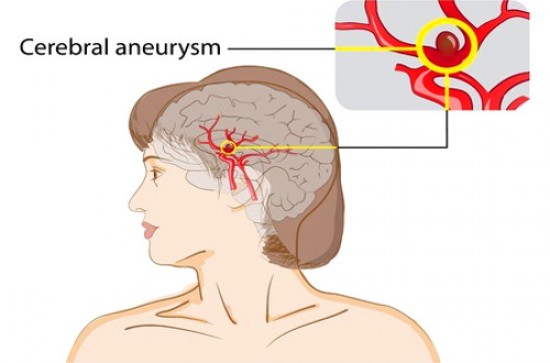If you've experienced a migraine headache, you know the pain can be debilitating, uncomfortable and can even make you want to scream.
However, if you've experienced a migraine headache that causes you to fall to the ground, grab your head and/or experience vomiting, you may be suffering from a bigger health concern.
Could you have a brain aneurysm?
An aneurysm is an abnormal spot in a blood vessel that can cause a bulge to appear on your arterial wall. An aneurysm can occur in any blood vessel in your body, but the most serious aneurysms occur in your brain. Once the aneurysm ruptures, it causes bleeding in the brain, which can lead to brain damage and sometimes death.
In fact, according to the American Association of Neurological Surgeons, it is estimated that every year roughly 30,000 people in the United States experience a brain aneurysm. On average, 10-15 percent of those people will die.
Are there any risk factors you should know about?
If you have hypertension, diabetes, complications due to a blood infection; if you drink excessive amounts of alcohol; or if you smoke cigarettes, you are significantly contributing to your risk of having a brain aneurysm.
What are some of the other warning signs?
One of the major warning signs of a brain aneurysm is a localized migraine. Others include nausea and vomiting, sensitivity to light, a stiff neck and blurred or double vision.
Dr. Diana Fite joins Dr. Leigh Vinocur to discuss what a brain aneurysm is, what the risk factors are and the warning signs you should be aware of.

Health Topics A-Z
The Headache You Can’t & Shouldn't Ignore
Guest
: Diana Fite, MD
From the Show: The Dr. Leigh Vinocur Show
Summary: One of the warning signs that a brain aneurysm has ruptured is a massive, overbearing headache.
Air Date: 9/12/14
Duration: 10
Host: Leigh Vinocur, MD




